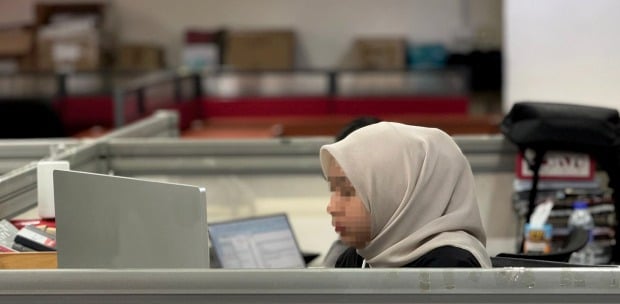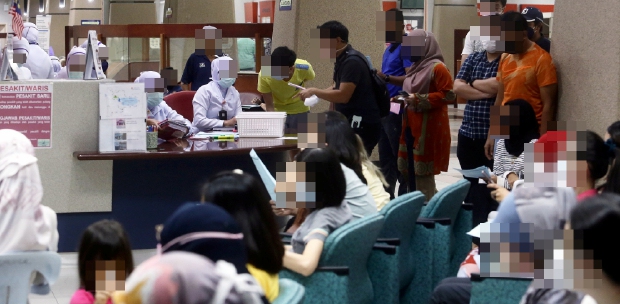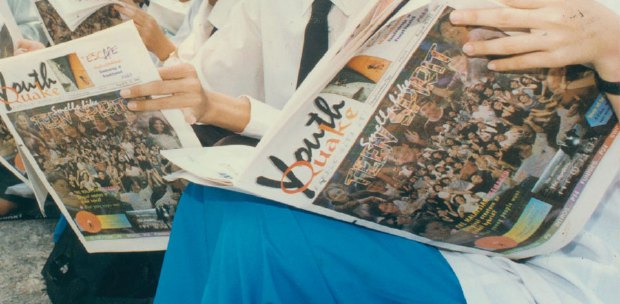LETTERS: The Health Ministry can learn from the paediatric fraternity, who virtually solved their manpower distribution with an ingenious data-driven, doctor-to-workload solution, which can be improved, refined and digitalised for other disciplines.
Using artificial intelligence (AI) and algorithms, the movement and rotation of doctors can be fairly and promptly resolved.
This Health Information System (HIS) provides the ministry with data-driven forecasts of medical manpower needs so it can better allocate personnel.
The "Sihat Bersama 2030 Concept Note", prepared by the Health Advisory Council to the health minister in November 2019, offers a range of solutions on human resource development that the ministry can refer to.
Here are three priorities that the ministry needs to address:
DEPLOY AI to correct the maldistribution of doctors.
The paediatric fraternity's proactive and forward-looking initiative of creating a data-driven model for human resource planning places them at the forefront of solutions for workforce distribution of other specialties.
A team should be recruited to form a ministry Human Resource Planning and Development Task Force. The technology makes available a dashboard that maps the under- or oversupply of doctors in every state, hospital, district hospital, and health centre.
With this, the minister can negotiate with the Public Service Department to stop the random and indiscriminate termination of doctors' contracts.
HARMONISE the postgraduate medical education system.
The public arguments among senior doctors on the parallel pathway and the master's programme have jeopardised the trustworthiness of the medical profession.
The Great Parallel Pathway Debate on May 25 is not helping.
Therefore, before the health minister tables in Parliament the amendments to the Medical Act in the June 2024 sitting, I would recommend we allow the "power of the minister within the Medical Act" to instruct the Malaysian Medical Council (MMC) to act on all the proposals of the "Special Committee" to "update the list of recognised medical specialist qualifications and the registration process in the specialist register".
This is based on Section 8 of the Medical Act, which states, "The Minister may, from time to time, issue general directions that are not inconsistent with the provisions of this Act or with any regulations made thereunder and the Council shall implement the directions".
The Special Committee comprises 15 distinguished members of the medical fraternity who are familiar with the complexities, historical perspectives, and legal nuances of the National Specialist Registry (NSR).
The recommendations of this Special Committee will resolve virtually all the pressing issues regarding the two training pathways.
RECOGNISE the roles and functions of the Academy of Medicine (AMM) Malaysia
AMM has contributed much to the medical landscape by pioneering the National Specialist Registry in 1999.
It was launched in 2006. Specialist registration was mandated by the Medical Act in 2013. MMC only came into the picture in 2017.
Since then, AMM has collaborated with the ministry on the parallel pathways for 14 medical specialties with pre-existing memoranda of understanding with royal colleges overseas.
The isolated arguments over one or two surgical specialties must not be allowed to discredit the years of progress and harmonious collaborations between the trainers of the master's programmes and the parallel pathways.
The Health Ministry's top bureaucrat, and by default the president of MMC, must request that AMM continue its function as the secretariat of the NSR.
To be fair to doctors who have gone the extra mile to seek specialisation, registrations for specialists must continue until the internal problems within MMC are resolved.
DR MUSA MOHD NORDIN
Paediatrician, Kuala Lumpur
The views expressed in this article are the author's own and do not necessarily reflect those of the New Straits Times





